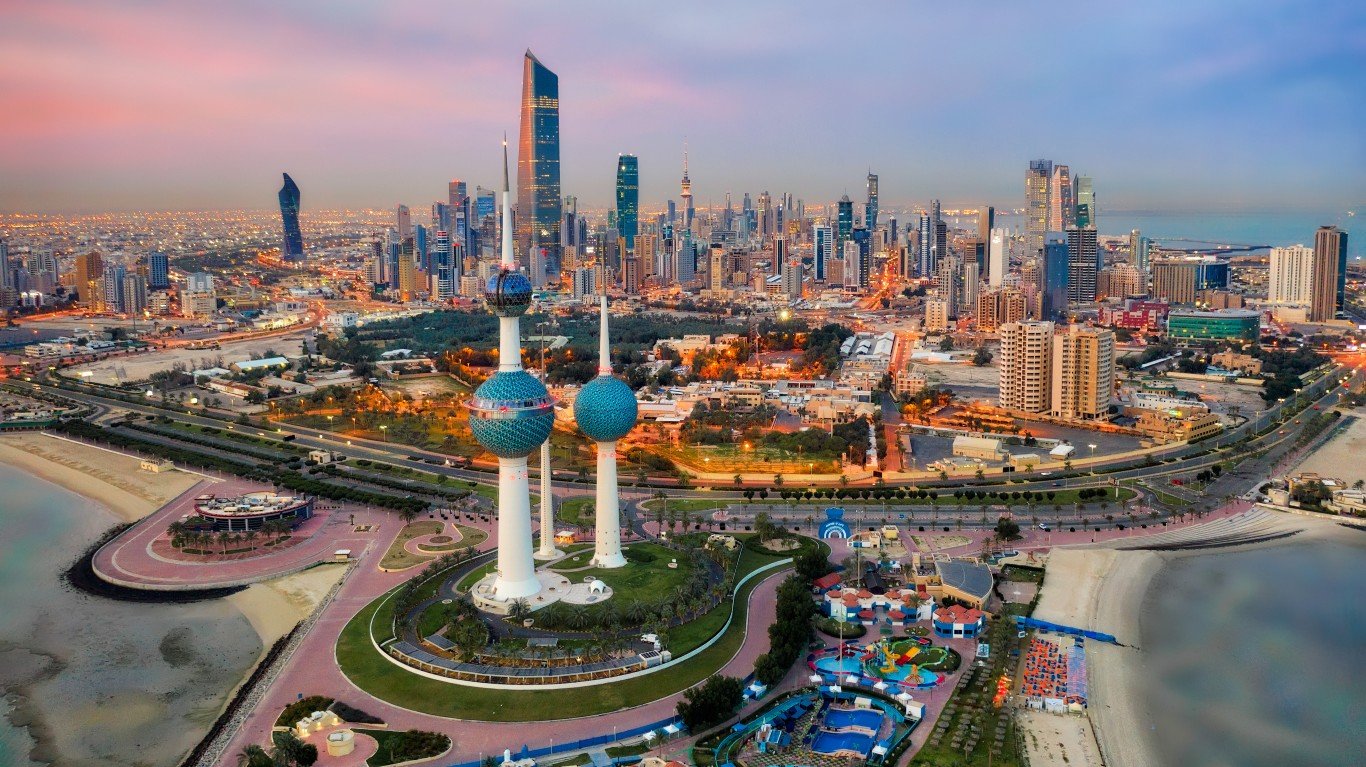
25. Kuwait
> PM2.5 concentration: 29.7 μg/m³
> Total population 2020: 4,270,563
Like its Gulf neighbors, Kuwait’s poor air quality is caused in part by industrial emissions (especially from oil and gas and petrochemical operations) and motor vehicle exhaust. Another source of poor air quality is the seasonal Shamal (“North” in Arabic), a strong northeasterly wind that blows sand and dust for hundreds of miles across Iraq and into the rest of the Arabian Peninsula.
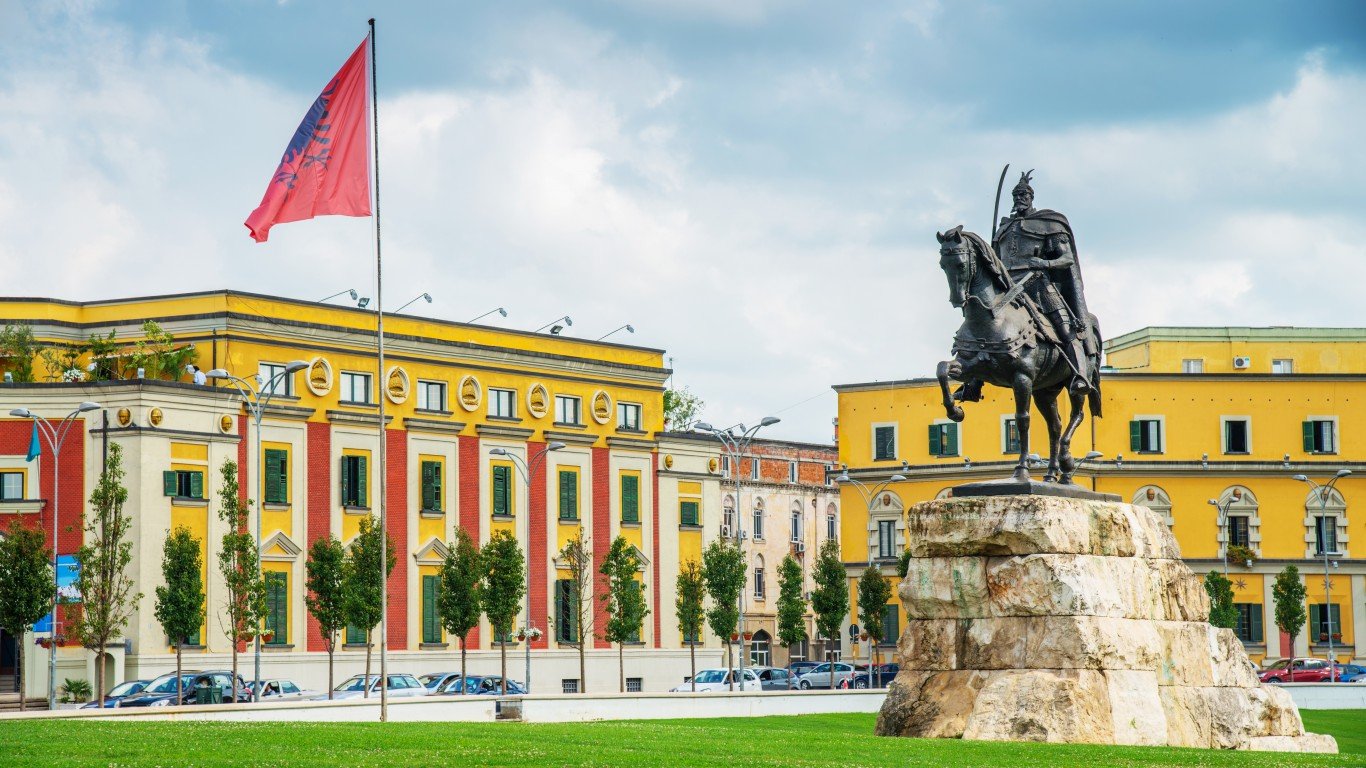
24. Iran
> PM2.5 concentration: 30.3 μg/m³
> Total population 2020: 83,992,953
In addition to cars, the biggest contributors to Iran’s poor air quality are industrial operations tied to oil and gas, petrochemicals, and cement. Over several weeks last year, it was reported that Tehran and other major Iranian cities experienced air quality index readings above 200, defined as “very unhealthy,” meaning older adults, children, and people with heart or lung disease were advised to avoid all outdoor physical activity.
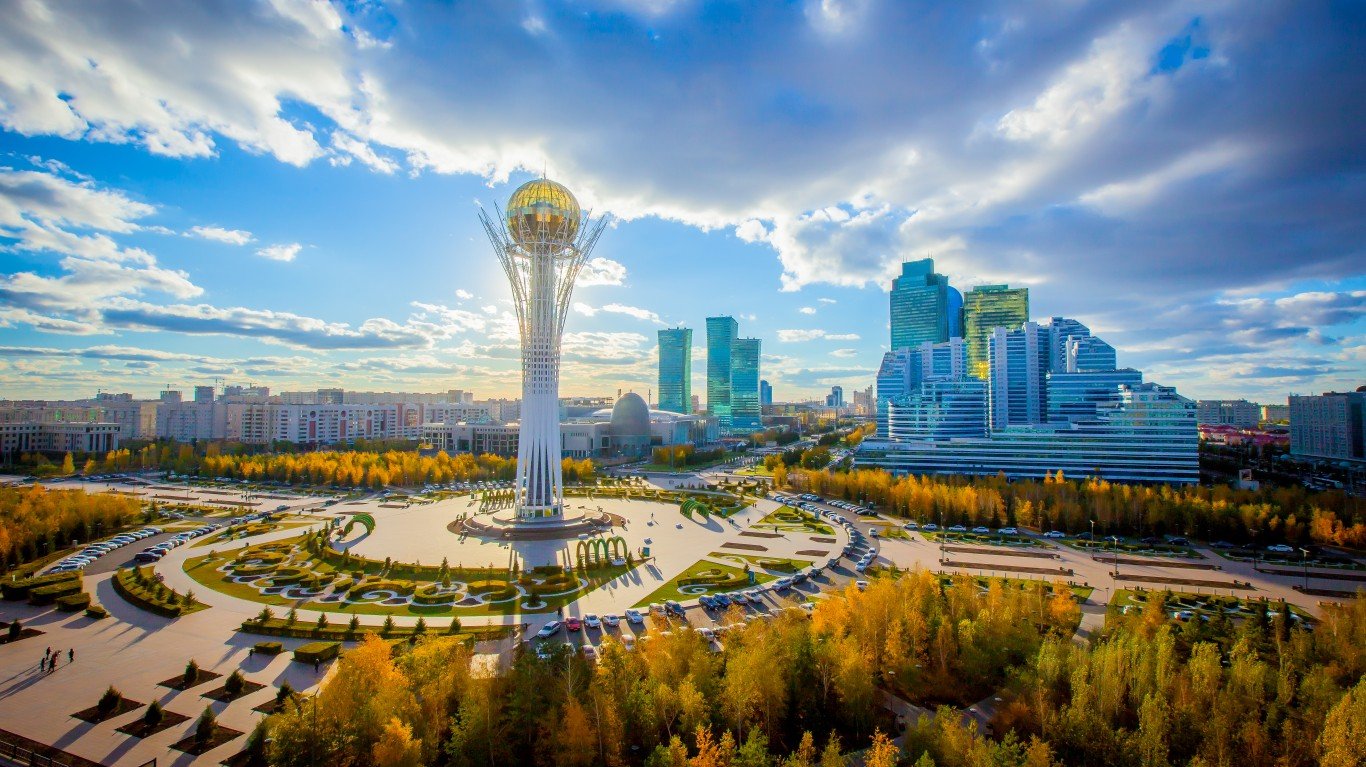
23. Kazakhstan
> PM2.5 concentration: 31.1 μg/m³
> Total population 2020: 18,754,440
Besides motor vehicle exhaust, the biggest contributors to the poor quality of urban air in Kazakhstan are the oil and gas, agricultural, and mining industries. The World Bank estimated in 2013 that air pollution causes 2,300 premature deaths in Kazakhstan and costs the Kazakh economy $1.3 billion annually in increased health care costs.
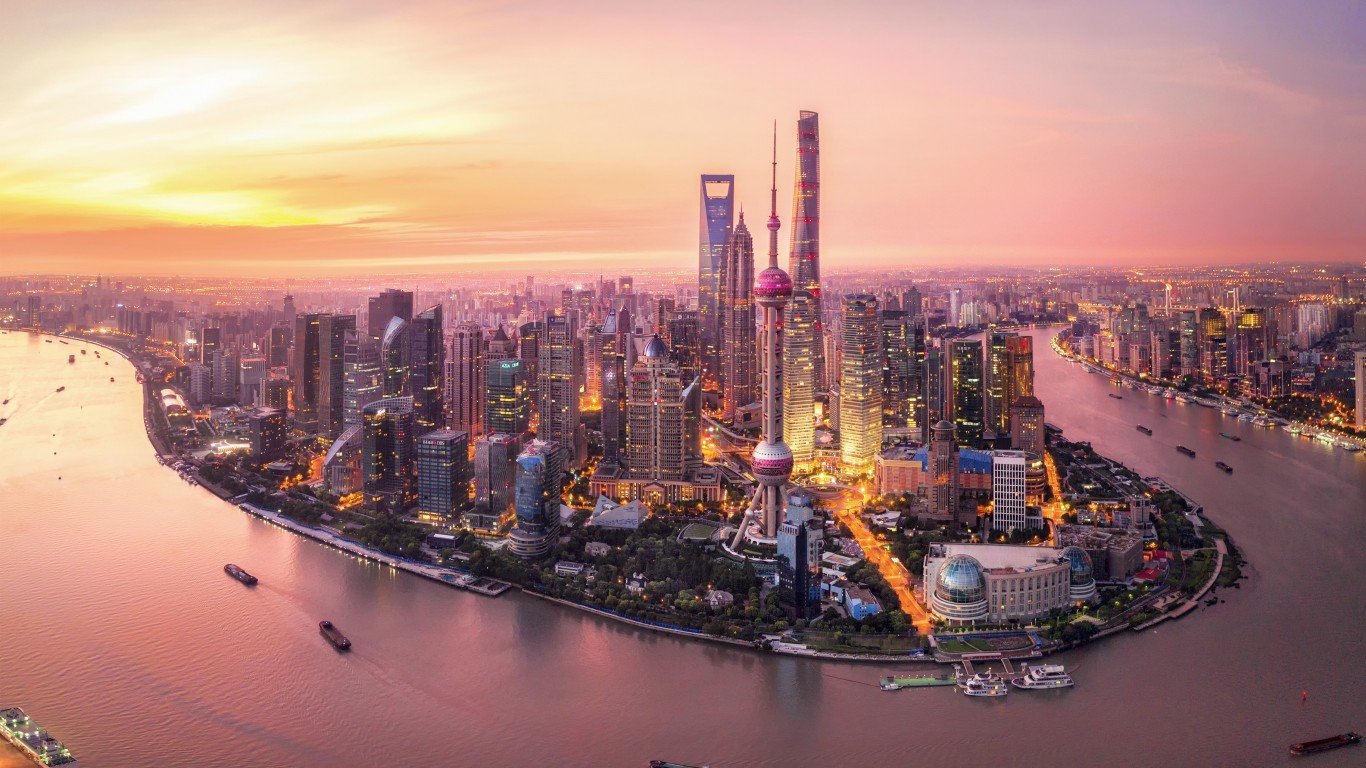
22. China
> PM2.5 concentration: 32.6 μg/m³
> Total population 2020: 1,410,929,362
Emissions controls and a reduction in coal-based power plant activity (including those linked to economic slowdown during the COVID-19 pandemic) helped China curb its urban PM2.5 levels in recent years. But cities in the world’s leading emitter of greenhouse gas still suffer from some of the world’s worst air. A recent study in the medical journal Lancet estimates 1.24 million people died prematurely from exposure to air pollution in China in 2017.
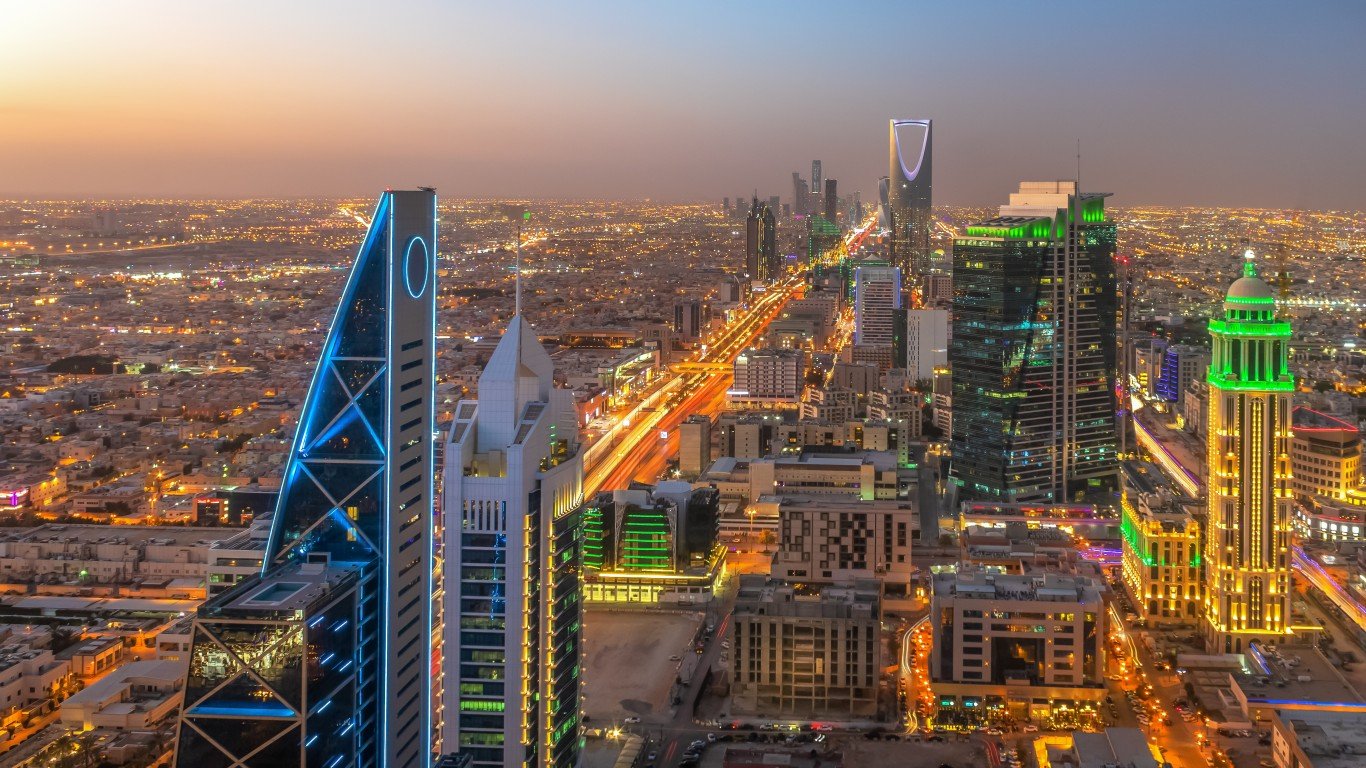
21. Saudi Arabia
> PM2.5 concentration: 32.7 μg/m³
> Total population 2020: 34,813,867
Like its neighbors, Saudi Arabia’s urban air quality is not just profoundly affected by vehicle and industrial emissions but also by seasonal high winds that blow sand and dust into the air. The Saudi cities with the poorest air pollution include the sprawling arid capital city of Riyadh, the buzzing Persian Gulf industrial cities of Jubail and Dammam, and the Red Sea import-focused port city of Jeddah.

 24/7 Tempo
24/7 Tempo




